Companion planting involves growing different plants together to benefit each other in various ways, such as enhancing growth, repelling pests, attracting beneficial insects, or improving soil quality. When it comes to kale, there are several companion plants that can support its growth and health. Here are some options.
1. Calendula

Calendula officinalis, a lesser-known flower, is frequently employed as a pest deterrent and in herbalism. It is frequently referred to as “pot marigold,” so make sure to read the label on the seed or plant.
It attracts beneficial insects with the pungent aroma of its resinous flowers. The blossoms also make beautiful ornamental plants and a delectable food garnish.
2. Dill
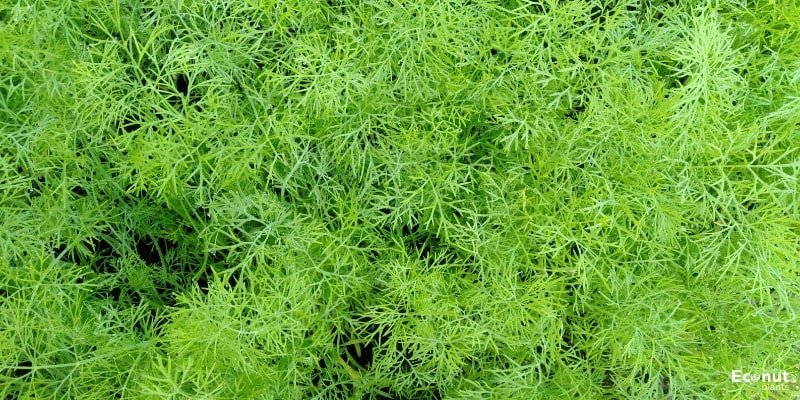
I think only dill is as good a garden herb as cilantro, and the beneficial insects appear to think the same. If you’ve ever grown dill, you’ve undoubtedly witnessed wasps, hoverflies, and other such insects frolicking about it with delight.
Dill is a flower that attracts hoverflies, which are one of my favourite beneficial insects to watch. Hoverflies are drawn to yellow and white blooms more than other colours.
Naturally, you won’t want to spend the entire summer without utilizing some of this fragrant, even though you should leave some for the insects.
Dill pairs beautifully with cucumbers, of course, but potatoes are my favourite culinary application for dill. Growing dill from seed is simple. Your beneficial insects and you will both be pleased with the ‘Bouquet’ type.
3. Cilantro

Flowers of cilantro will attract helpful insects to your garden beds, such as hoverflies. Aphids and other pests will be the food source for these scavenger insects once they arrive. And to make matters better, kale and cilantro are great companion plants because they both like chilly temperatures and have comparable requirements.
4. Leeks

Another powerful-smelling crop that works well as a kale companion planting is leeks, which also repel aphids, flea beetles, and butterflies. For the duration of the growing season, leeks will also be planted. But be careful not to plant leeks too close to kale, since the latter can grow very large and smother your leeks.
5. Garlic

Garlic repels not just vampires but also other pests. Garlic’s strong smell works wonders at keeping away moths, spider mites, gnats, cabbage loppers, and a variety of beetles. Garlic bulbs contain sulfur, which also aids in preventing fungus infestations in the nearby soil.
Garlic not only keeps pests away, but it also saves kale’s roots and nutrition. It takes more than a year for garlic plants to mature; they are usually planted in the spring. When the garlic plants are starting to mature in late summer, plant the kale next to them.
6. Radishes

A nice companion plant for kale crops is radishes. They need a tiny harvesting space to shield the leaves from insect pests like flea beetles. This is an excellent pest trap crop since it will develop beneath the kale plant.
7. Nasturtiums

Nasturtiums grow well in a variety of soil types. Growing on pH-ranged soil that is well-drained and somewhat rich. Their brilliant flowers and trailing foliage are nourished by full sunlight and steady rainfall.
Neaturtiums attract pollinators, deter pests, and add a splash of brilliant colour to garden settings, all of which are extremely beneficial to other plants.
8. Onions

Spring onions, shallots, onions, and leeks make great companion plants for kale! These plants smell so good that it overpowers the floral smell of kale, which often attracts pests that cause problems, such as aphids and flea beetles.
9. Lemongrass
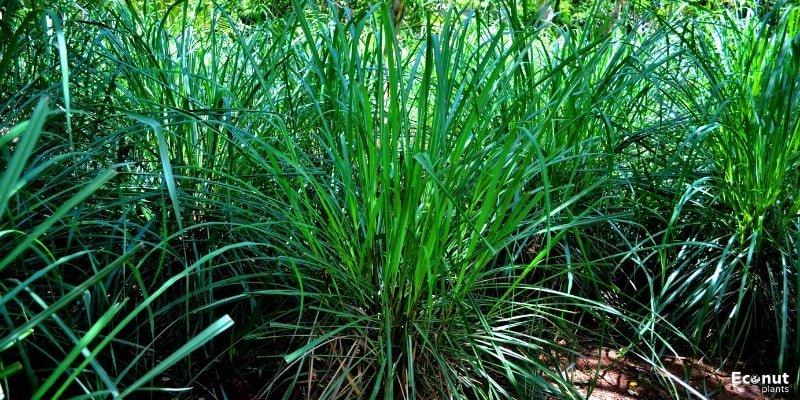
Lemongrass’s long leaves serve as a visual diversion in addition to helping to conceal the kale’s aroma from possible pests. Once you learn how to grow lemongrass, you’ll find that it is also a fairly light feeder, so it won’t compete with your kale for nutrients.
10. Marigolds

According to research, marigolds, as a companion plant, can deter a variety of insects from eating vegetable crops like kale. For instance, certain marigold varieties draw pollinators, including wasps that hunt aphids. Moreover, the vibrant yellow and orange blossoms are delicious.
It’s simple to select the ideal marigold type for your growing area because they come in a range of sizes, from tall plants to dwarf cultivars.
11. Cucumbers
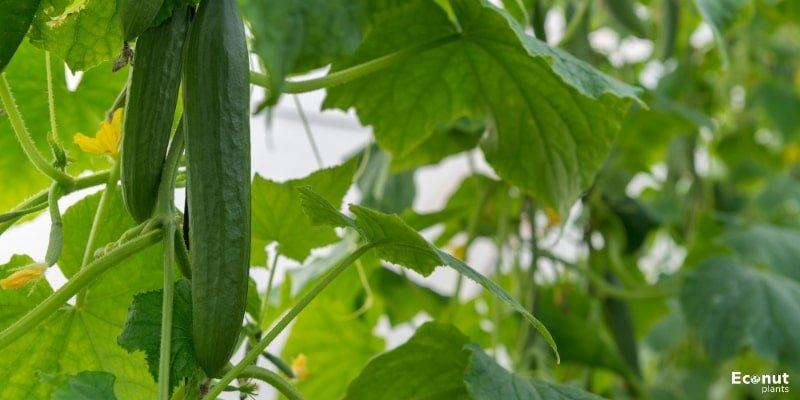
Because they aid in soil cooling in hot weather, cucumbers are also excellent companion plants for kale. This gives kale crops the perfect growing environment when planted in the summer. They also function as soil conditioners and weed suppressors.
12. Sweet Alyssum
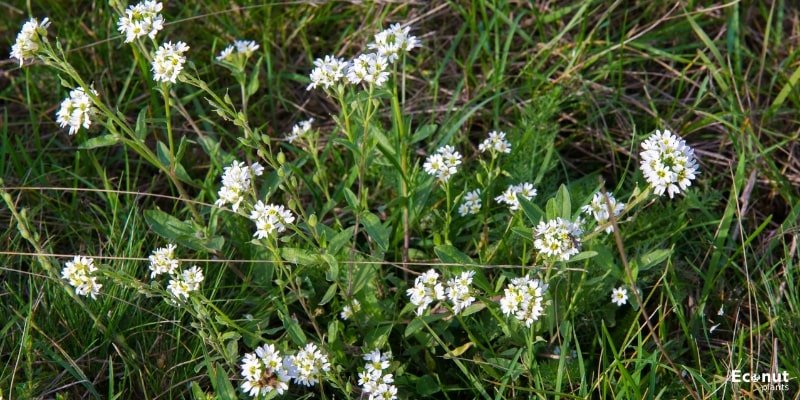
It’s ideal to grow these flowering plants in between kale rows. Sweet alyssum is an excellent choice if you’re searching for a pet-friendly substitute because it’s safe for both cats and dogs.
13. Pea
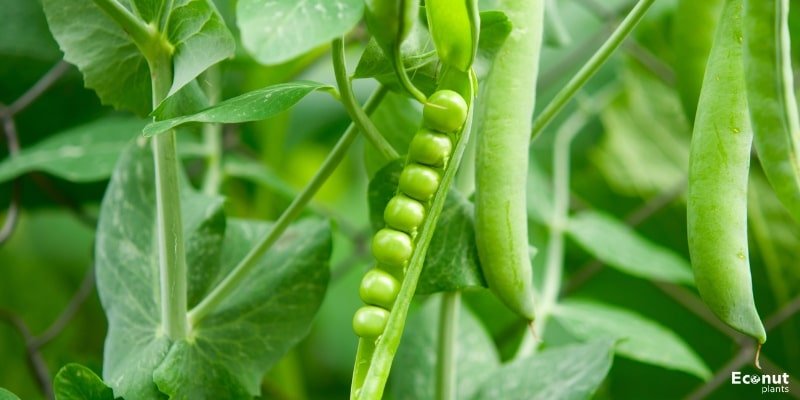
Peas grow in a variety of soil types. Growing on rich, well-drained soil that ranges in pH from 6.0 to 7.5, they represent flexibility and energy. Their luxuriant foliage and prolific growth are nourished by full sunlight and steady rainfall.
Peas improve fertility, fix nitrogen in the soil, and generally improve the health of gardens, all of which benefit nearby plants.
14. Celery

Because celery grows differently from kale, letting sunshine reach the kale plants, it can be a good companion for kale. Celery grows tall and thin. It also needs a lot of water, which might help keep the soil moist for the kale, which is a water-loving plant.
15. Rosemary

There’s always rosemary waiting to marry your kale! Similar to other plants, years of scientific research have demonstrated the several advantages of this garden marriage. Savour the wonderful, fragrant sprigs of rosemary, which provide free pest protection.
Furthermore, you can effortlessly incorporate a few of its fragrant leaves into your culinary preparations. Since Rosemaries are perennials, you might wish to plant them after kale season in the borders or in pots where they can be left there permanently.
16. Scallions

Garden companions from the Allium family are always enjoyable. Particularly green onions, or scallions, grow quickly and are simple to include in newly established kale beds. Aphids, cabbage loopers, and flea beetles are repelled by their oils and aromas.
They also provide you with an extra harvestable crop from your kale bed because they don’t take up much room.
17. Buckwheat

Buckwheat acts as a ground cover, keeping moisture in the soil and suppressing weeds to create the perfect environment for kale growth. In addition to drawing helpful insects, buckwheat raises the soil’s nitrogen concentration.

